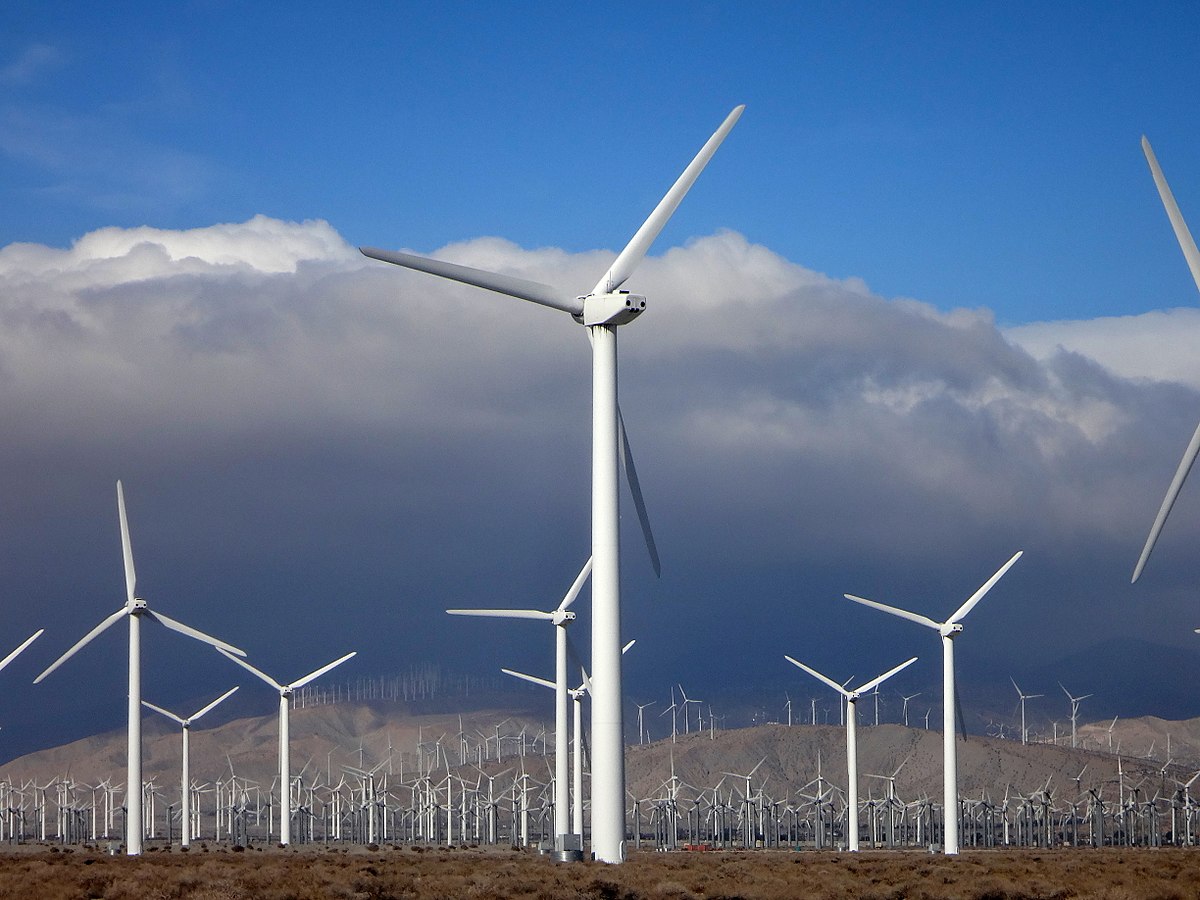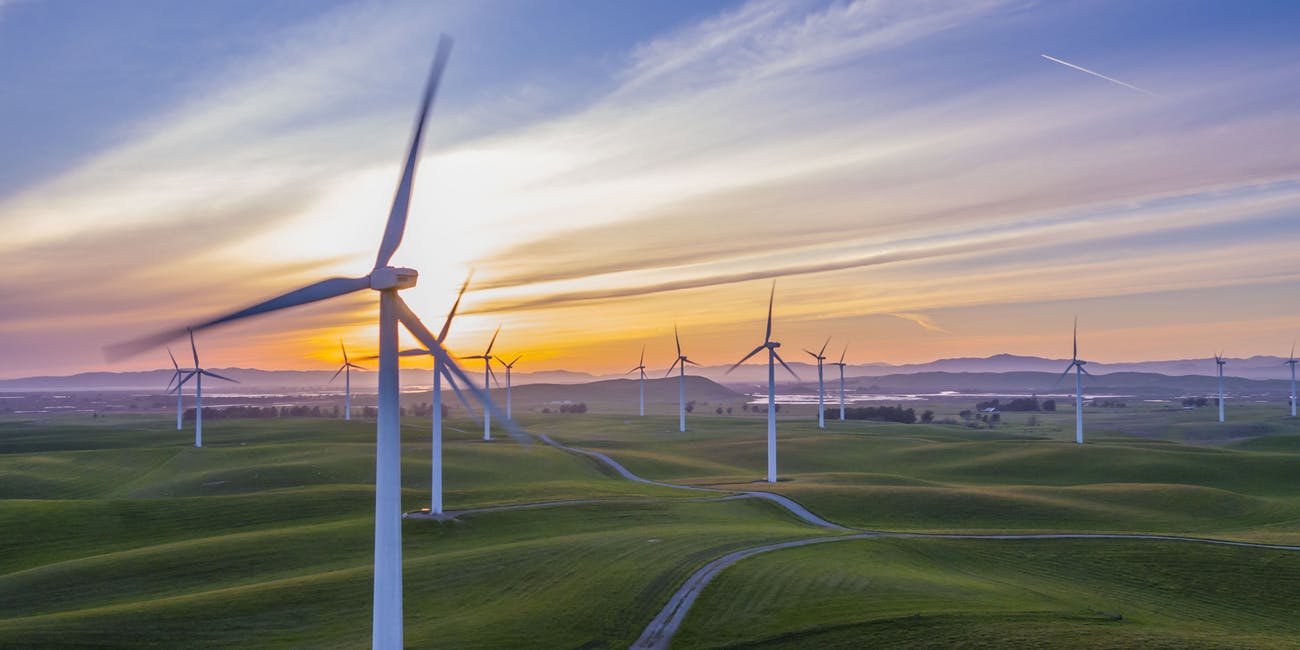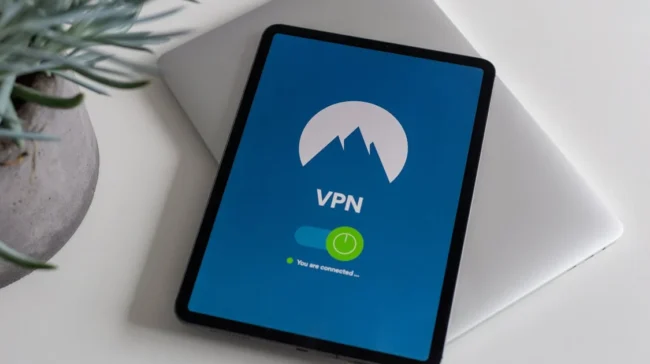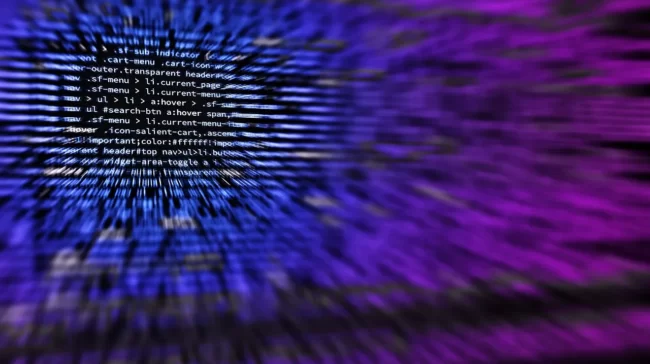
Wind energy is commonly called with another term as well, wind power. This process entails the basic fact that wind is used for producing and generating electricity.
Here you can know how wind energy works. And if you want to buy some high-quality home wind turbine kits, then simply click on the link.
Below you can see and read out the respective details of this topic:
Wind energy working mechanism
This wind energy produces electricity by relying on wind flows or air flows. Most importantly, this is a reliable and consistent energy source as it occurs naturally right in the earth’s atmosphere.
These modern and advanced wind turbines gather and collect kinetic energy from wind flows and thus transform that energy into electricity.
Moreover, wind energy is of different and varied types. Firstly, we have this utility-scale wind.
In this category, wind turbines range in size from around and about 100 kilowatts to multiple numbers of megawatts, and the electricity generated from them is usually given to power system operators as well as electric utility operators.
Then we have this distributed wind type or small wind type! In this specific category, we have single and small in size wind turbines.
Their capacity falls up to 100 kilowatts and they supply to power all and directly to homes, offices, farms, and small businesses.
This small wind type has limited and restricted use as its capacity is somewhat minimum. These wind turbines do not connect and link themselves to grid stations.
Lastly, we have this offshore wind that is usually erected and set up in some large bodies of water. Even more, they are located on the continental shelf and generate more amount of electricity.
Wind turbines- how do they work?
Whenever you notice that the wind is blowing, then some operations and turning on mechanism will also be seen in wind turbines.
With the blow of wind, the blades and motor of wind turbines start to work and run. Furthermore, these blades capture and trap kinetic energy and allow the blade to fully rotate and spin.
This kinetic energy transforms itself into mechanical energy mode. After that, the rotation and spinning of blades continue to happen and the internal shaft amplifies the speed of blade rotation.
This whole process pushes the generator to turn on itself and thus mechanical energy transforms and shifts itself to start producing electricity.
A wind turbine is usually 80 meters tall. It stands and is mounted on these tubular steel towers.
Wind turbines are composed of three blades and they are housed with a shaft, gearbox, and also generator and controls.
Upon collecting the wind measurements, the wind turbine is then directed and instructed to rotate and spin.
Moreover, it is directed and fully schooled to face the strongest of all wind direction so that more wind energy can be captured.
As soon as the turbine manages to reach to the speed range of six to nine mph, then it gets into the position and clear stance to produce electricity.
The increase in wind speed produces and generates more electricity and vice versa.
To measure the amount and range of wind energy production, you can understand this concept of capacity factor.
This scale manages to measure the total amount of electricity that any wind turbine produces and generates in that specific and given time frame as relative and in relation to its maximum potential.
Conclusion
This is all we have a short guide on the working of wind energy and wind turbines. We know that generating electricity through this medium is an interesting concept.
Likewise, the trend of solar energy is getting higher, the same way, the potential of wind energy is no way going down at any cost.
Moreover, if you are living in a region where you see the presence and existence of wind turbines, then let us more about your experience.
Keep connected with us.






